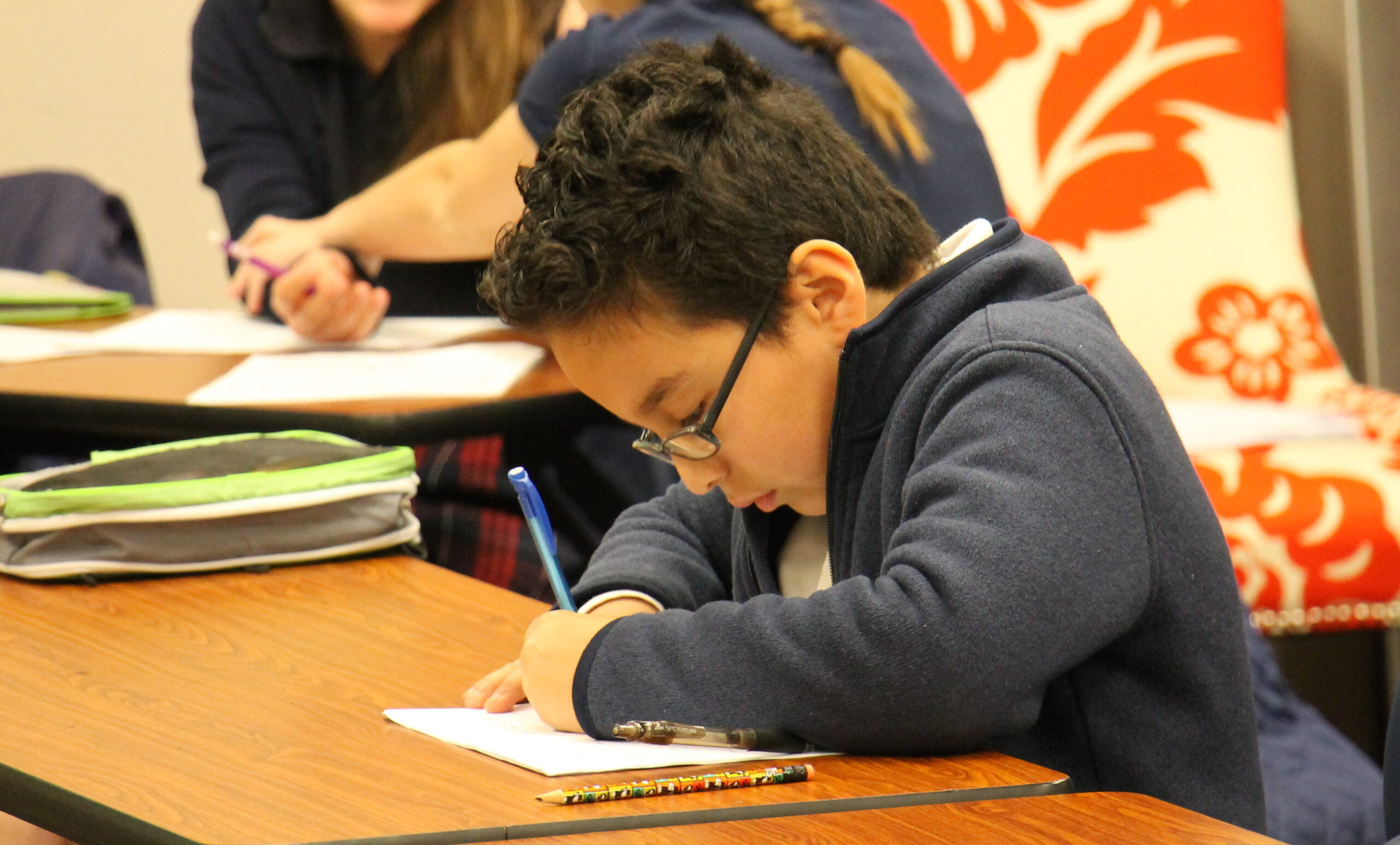

In the best classical schools, students are immersed in a curriculum that is both deep and wide. They study Latin, Ancient Rome, Shakespeare, astronomy, trigonometry, and all sorts of wonderful things.
But the books don’t teach themselves. It takes an educated and engaging teacher to bring them to life. That’s why teacher training–not just in the curriculum, but in the principles of classical pedagogy–is so important.…







